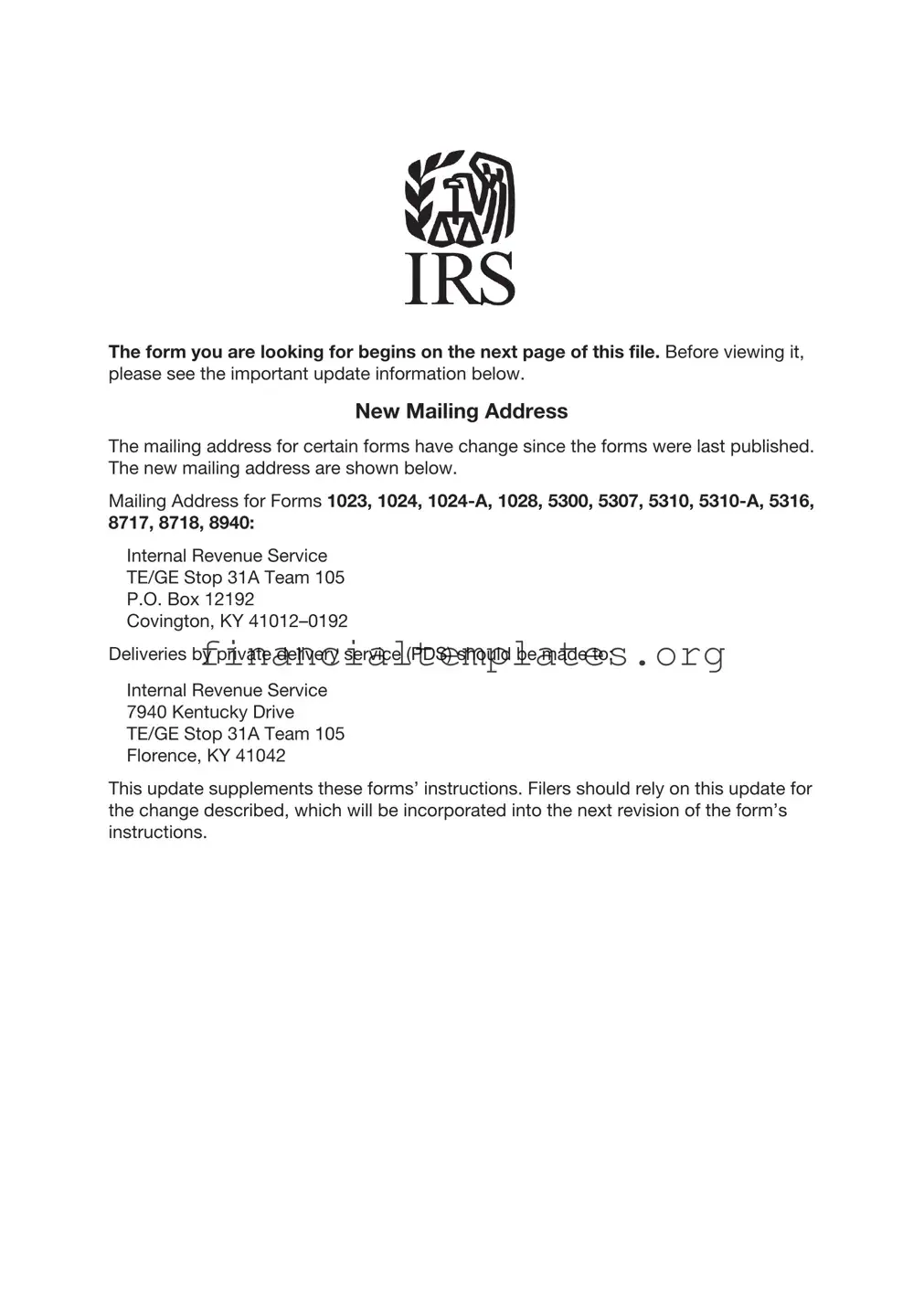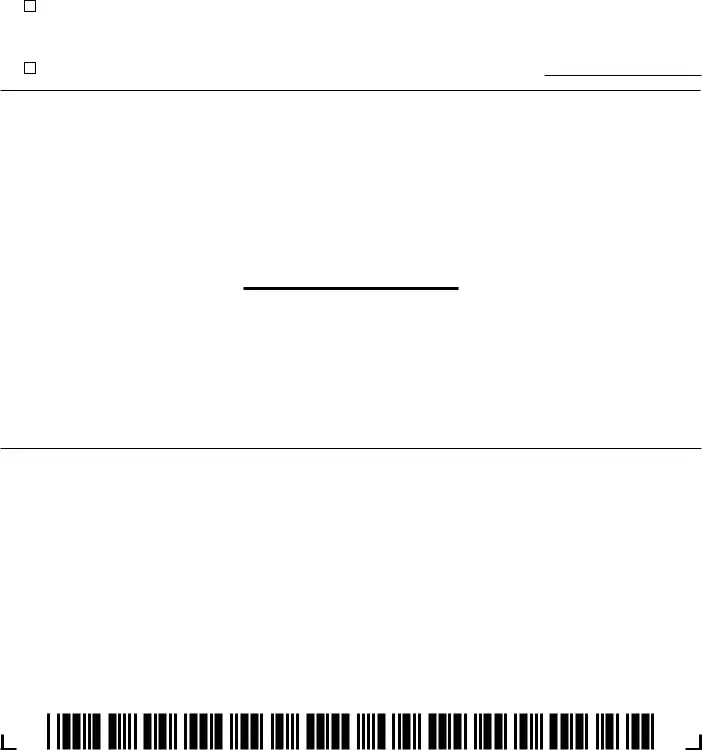The IRS form 8718 is crucial for tax-exempt organizations, particularly those seeking to obtain or maintain their tax-exempt status. A document closely related to the IRS Form 8718 is the IRS Form 1023. The IRS Form 1023 is specifically designed for organizations applying for recognition of exemption under section 501(c)(3) of the Internal Revenue Code. Both forms are integral to the process of being recognized as a tax-exempt entity, yet the IRS Form 1023 is more detailed, requiring comprehensive information about the organization's structure, governance, and program activities.
Similarly, IRS Form 1024 shares a common purpose with IRS Form 8718 in that it is used by organizations seeking tax-exempt status but under different sections of the Internal Revenue Code, such as 501(c)(4), (c)(6), or (c)(7). Both forms serve as a means to apply for tax exemption, but Form 1024 caters to a broader category of organizations, demanding specific details about their objectives, memberships, and operations to justify their tax-exempt requests.
Another document that shares similarities with the IRS Form 8718 is the IRS Form 990. This form is an annual reporting return that certain tax-exempt organizations must file with the IRS. It provides the IRS with information on the organization's operations, financial condition, and compliance with tax obligations. While Form 8718 is typically a onetime submission for fee determination related to tax-exempt status, Form 990 is an ongoing requirement, emphasizing the operational and financial transparency of the organization.
IRS Form 8868 is another document akin to the IRS Form 8718 in the context of tax-exempt organizations. This form is used to request an automatic extension of time to file an organization's Form 990, 990-EZ, 990-PF, or 990-T. Although IRS Form 8868 deals with extending filing deadlines and Form 8718 relates to the fee determination for tax-exempt status applications, both are crucial in the administrative maintenance and compliance of tax-exempt organizations with IRS regulations.
The IRS Form 8940 shares a slight resemblance with IRS Form 8718, as it is used by tax-exempt organizations to request specific determinations or rulings from the IRS. Requests can include changes in organizational structure, classification, or operation. While Form 8718 is focused on the fee determination for applying for exemption status, Form 8940 covers a variety of other requests that an already tax-exempt organization might need to remain in compliance or to update its status with the IRS.
IRS Form SS-4, Application for Employer Identification Number (EIN), is indirectly related to the IRS Form 8718. Though their purposes differ significantly—Form SS-4 is for obtaining an EIN, necessary for tax reporting, opening bank accounts, and hiring employees—both forms are initial steps that newly established organizations often complete. Securing an EIN is a precursor to many organizational activities, including applying for tax-exempt status, for which the IRS Form 8718 fee determination is a crucial part.
Lastly, the IRS Form 5578 is somewhat similar to the IRS Form 8718 in its association with tax-exempt status, specifically in ensuring compliance with anti-discrimination laws. Form 5578 is an annual certification used by tax-exempt private schools to affirm that they have adopted racially nondiscriminatory policies. While Form 5578 focuses on compliance with civil rights, and Form 8718 on tax-exemption application fees, both underscore the breadth of regulatory compliance necessary for tax-exempt organizations.

